CSignum Secures £1 Million of Funding to Transform Underwater and Underground Sensor Networking
CSignum has announced £1 million of additional funding from a consortium of US investors.
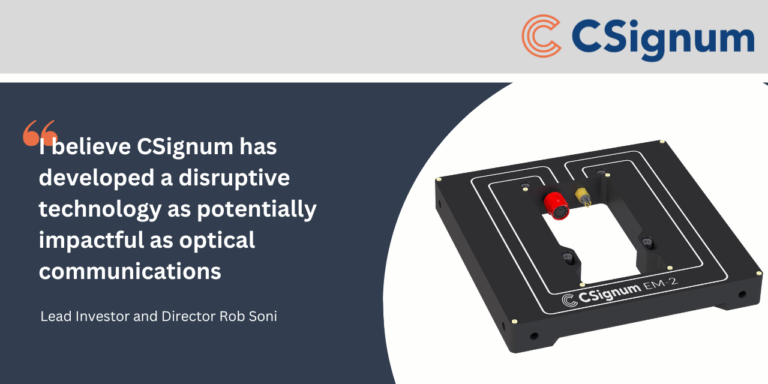
CSignum has announced £1 million of additional funding from a consortium of US investors.
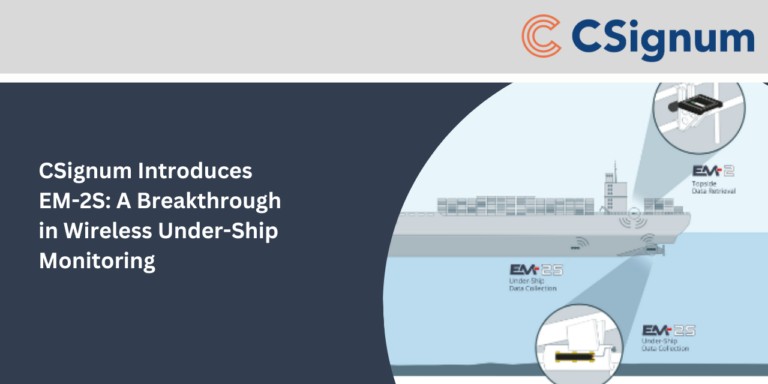
CSignum Introduces EM-2S: A Breakthrough in Wireless Under-Ship Monitoring
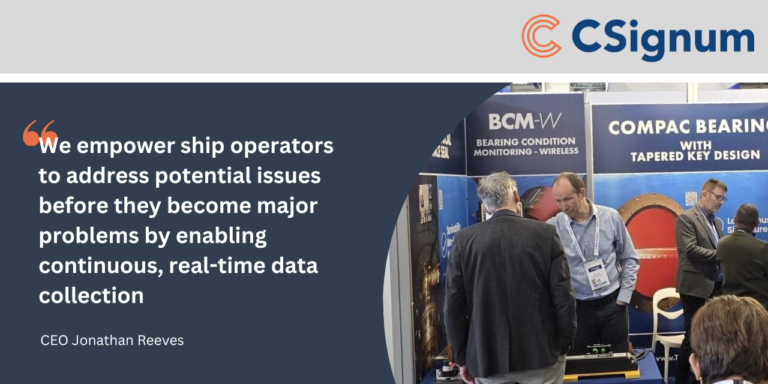
CSignum Introduces EM-2S: A Breakthrough in Wireless Under-Ship Monitoring

In this blog, our CEO talks about how this ground-breaking technology is solving underwater data collection issues with reliable, cable-free innovation.

How can ocean-observing systems help monitor climate change, pollution, and other critical issues affecting our planet? Read our blog …
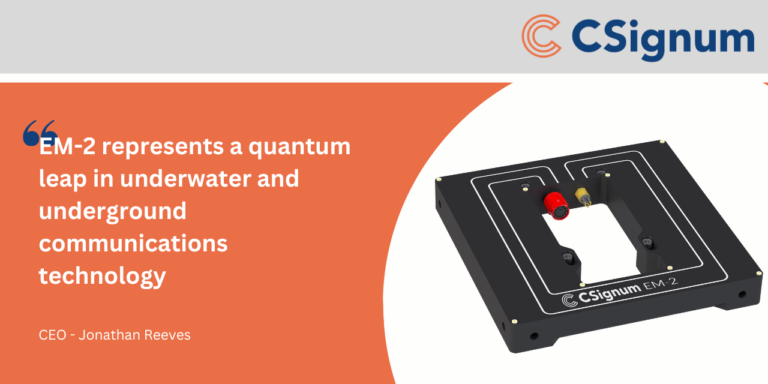
Edinburgh, Scotland – May 15, 2024 CSignum, a leader in underwater and underground data networking, is proud to announce the launch of its latest innovation, the EM-2 wireless platform for IoT sensor data and control from above the surface to below. The EM-2 interfaces to many common underwater sensors to wirelessly communicate data from under…

Revolutionizing Water Quality Monitoring with the World’s First Wireless Surface Water Monitoring System WWEM – 9 – 10 October | NEC Birmingham In today’s world, monitoring water quality is more critical than ever, whether it’s for managing pollution in natural bodies of water or ensuring the health of aquaculture systems. Traditional methods, while useful, often…
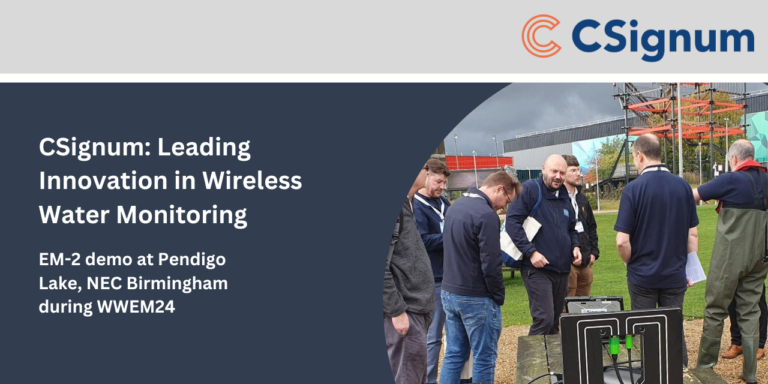
The need for efficient and reliable water quality monitoring has never been greater. As industrial expansion intensifies pressure on water systems, technology plays a critical role in safeguarding this vital resource.
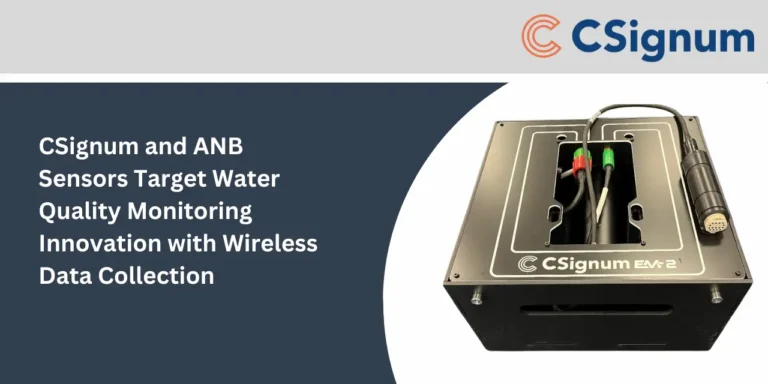
CSignum and ANB Sensors, a renowned manufacturer of high-quality, calibration-free pH sensors are thrilled to announce their collaboration for wireless solutions for water quality monitoring.
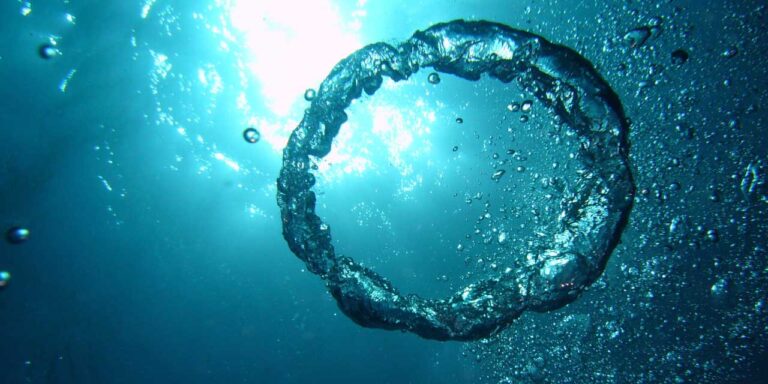
How can we successfully obtain data from our coastlines, our shallow water, or from data dead zones on shore, when existing methods have resilience issues and prevailing solutions are fraught with their own inherent limitations?